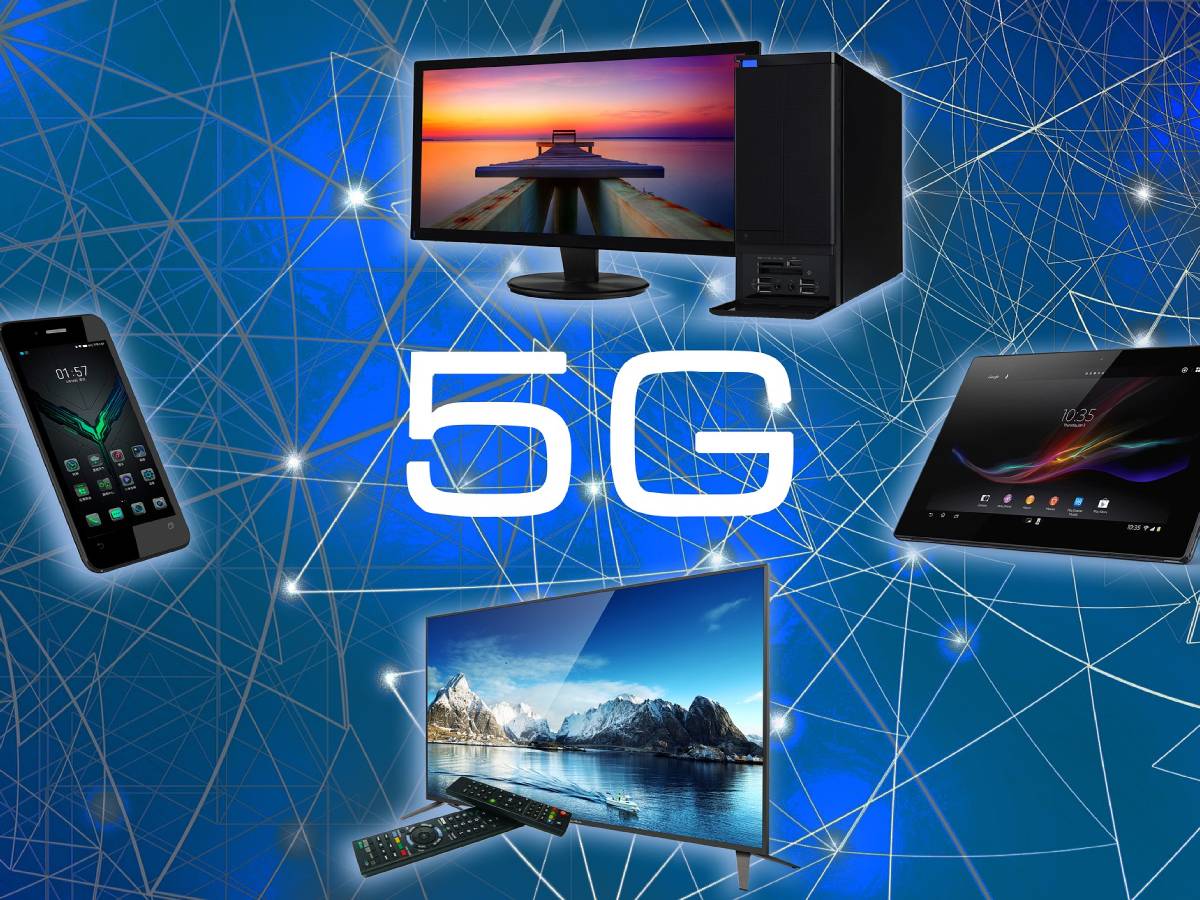After a slow start, the implementation processes of AI-in-5G platforms are picking up speed. The company aims to provide customers and partners with new applications and services as quickly as possible so that the introduction of AI in companies can succeed in 2022.
- Why private 5G networks have only been rolled out slowly so far
- Why AI is about to break through in 5G platforms
- Which factors are now accelerating the AI-on-5G expansion
- Which application scenarios are conceivable for AI/5G-based platforms
In 2019, the reasons for adopting 5G technology in enterprises seemed promising: high-speed connections connecting hundreds of end devices with better latency and a higher security standard compared to 4G LTE. Added to this was the prospect of additional revenue from new applications and services. With a view to 2022, network operators are now realizing in retrospect that the implementation was and is anything but easy.
Aside from pandemic-related restrictions and the associated remote working, enterprises have been slow to roll out private 5G networks due to the high cost and complexity of implementation. Compared to setting up a WLAN, where IT pros are well-versed in setting up the networks on company premises and warehouses, configuring and optimizing cellular networks takes much more work. The setup process has traditionally relied on a few companies and purpose-built devices.
Another reason why the introduction of the 5G standard in companies has been slow so far is that financial resources are reluctant to be made available, especially in the initial phase of a technology, even if it can be used to develop new applications and services that promise higher returns.
Table of Contents
Accelerating Factors For AI On 5G
The good news is that network equipment manufacturers, software, and cloud service providers are now paying more attention. AI-on-5G (AI in 5G platforms) is poised for a significant breakthrough this year. One of the reasons for this is that companies have already received attractive offers for software-defined solutions that drastically reduce their costs and hybrid cloud-on-premises installations or innovative pay-as-you-go models.
This is confirmed by a PWC survey of global companies in 2021: Around 52 percent of companies have pushed ahead with their plans to implement AI due to the pandemic. Eighty-six percent indicated that AI would become the new mainstream technology in their company in the coming years.
Three essential factors, in particular, accelerate the deployment of AI-on-5G:
Flexible, More Efficient Equipment
AI-on-5G creates a software-defined ecosystem that can use off-the-shelf servers that do not require telecom-specific, bespoke hardware. These servers are a good fit because they are compatible with existing IT management and orchestration tools, and in addition, they can be used for other IT applications. The combination of AI and 5G technologies on standard hardware and software orchestration stacks will play a crucial role in developing numerous new applications and pave the way for further new business prospects for consumers and companies.
Inexpensive and efficient AI-on-5G platforms help companies address many of today’s challenges. With their flexibility and accessibility, they contribute to a democratization of the market, similar to the early days of PCs or Wi-Fi.
The companies can determine the configuration of the servers themselves. For example, they can add industrial automation software, intelligent video analytics, voice technology, face recognition, and a software-defined 3GPP-compliant 5G vRAN VNF.
Hybrid Deployment
Models Another critical factor is that the 5G network workload and AI/ML applications will be hosted on an on-premises server, in the cloud, or in a hybrid cloud solution. Additionally, organizations can maintain application and data sovereignty or neutrality by using corporate-owned devices, telco cloud, or hyperscale cloud services.
To ensure this level of flexibility, the 5G software-defined stack is ideally run as a container, allowing it to be treated like a native cloud application. So the 5G stack doesn’t need bespoke hardware or custom silicon-based accelerators.
Convergence of AI And OT Solutions Emerging
Edge AI applications are driving the growth of intelligent spaces, including smart factories. These factories use cameras and other sensors to inspect and predictively maintain machines. However, discovering a non-perfect operating condition is only the first step; after detecting the error, appropriate action must be taken to fix it. The process requires, on the one hand, a connection between the AI and software-defined 5G applications running on the IT equipment and, on the other hand, the monitoring and control of the machines, which traditionally run on separate OT systems that comprise the assembly lines, robotic arms or managed placement machines.
The integration of IT and OT systems is crucial to implementing the concept of factory automation over a 5G network and realizing the benefits of 5G. This year is expected to see greater integration of AI and traditional OT management solutions that will simplify the adoption of edge AI in industrial environments.
The Promise Becomes a Reality.
The promise that 5G will unlock new possibilities for edge computing is more tangible today than ever. Key benefits of 5G include network slicing, which allows dedicated bandwidth to specific applications, ultra-low latency in non-wired environments, increased security, better isolation, and increased mobility and range.
AI-on-5G will unlock new AI use cases. These include Industry 4.0 applications such as plant automation, intelligent robots, in-line monitoring and inspection, automotive systems such as toll roads and vehicle telemetry systems, and intelligent spaces in retail, cities, and the supply chain. The ease of deployment and management of these software-defined systems is a crucial requirement for their adoption.
Also Read: The Fifth-Generation Technology – 5G Expands In The World

